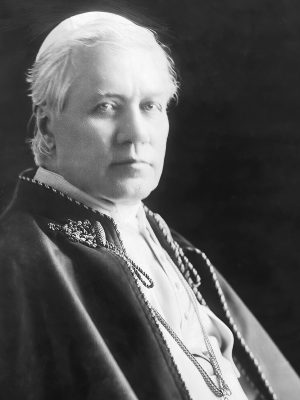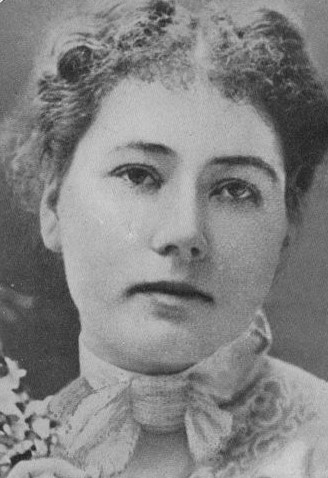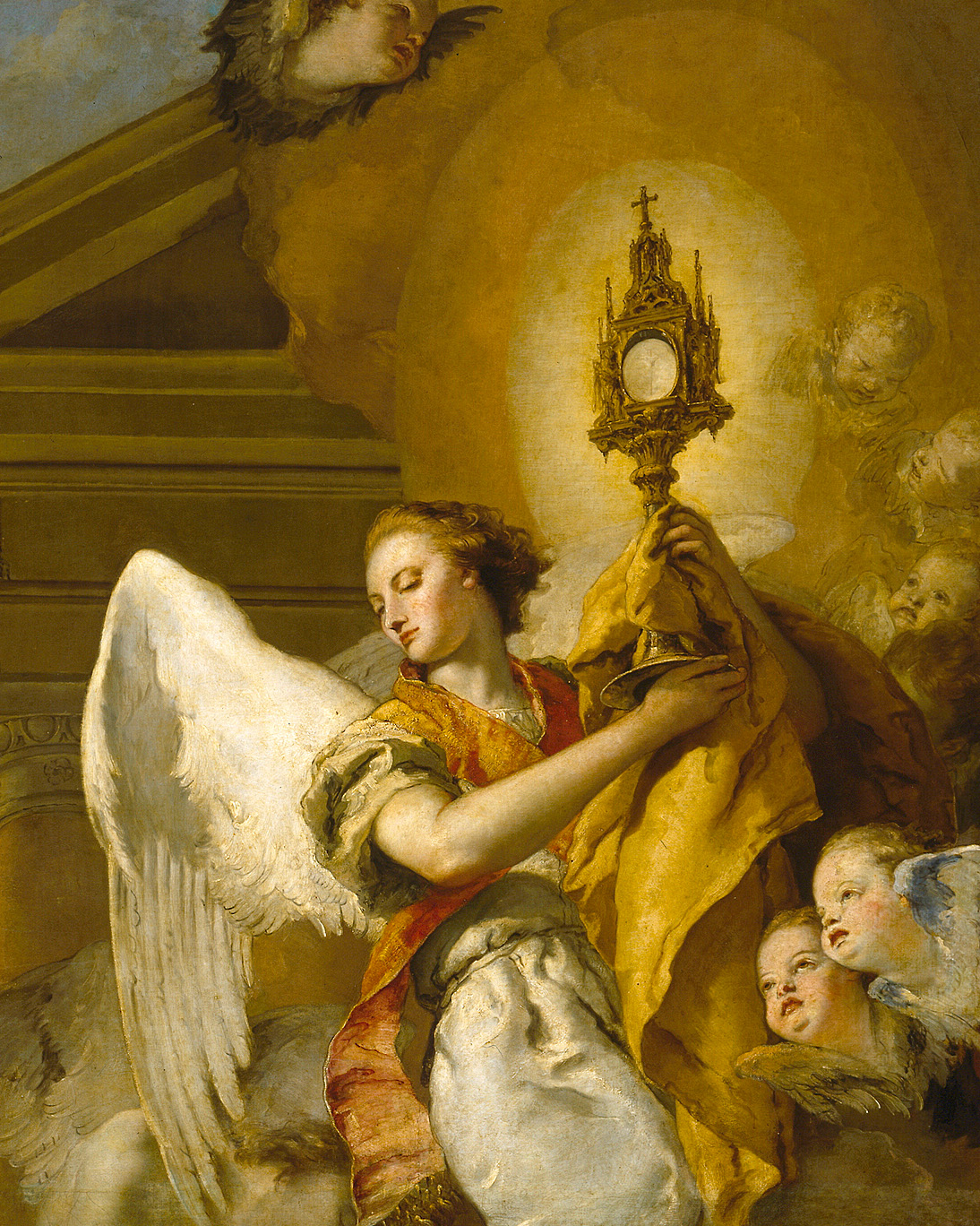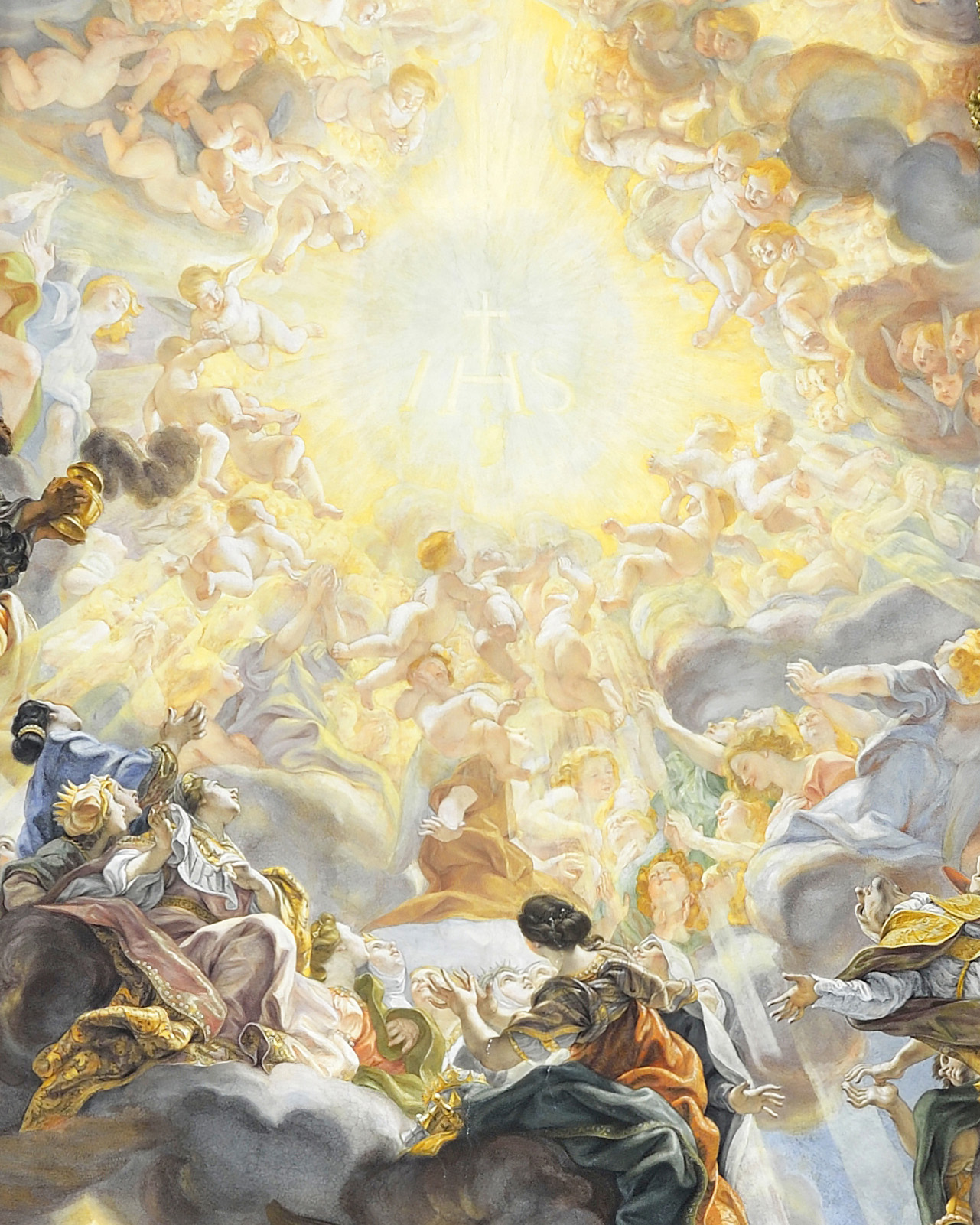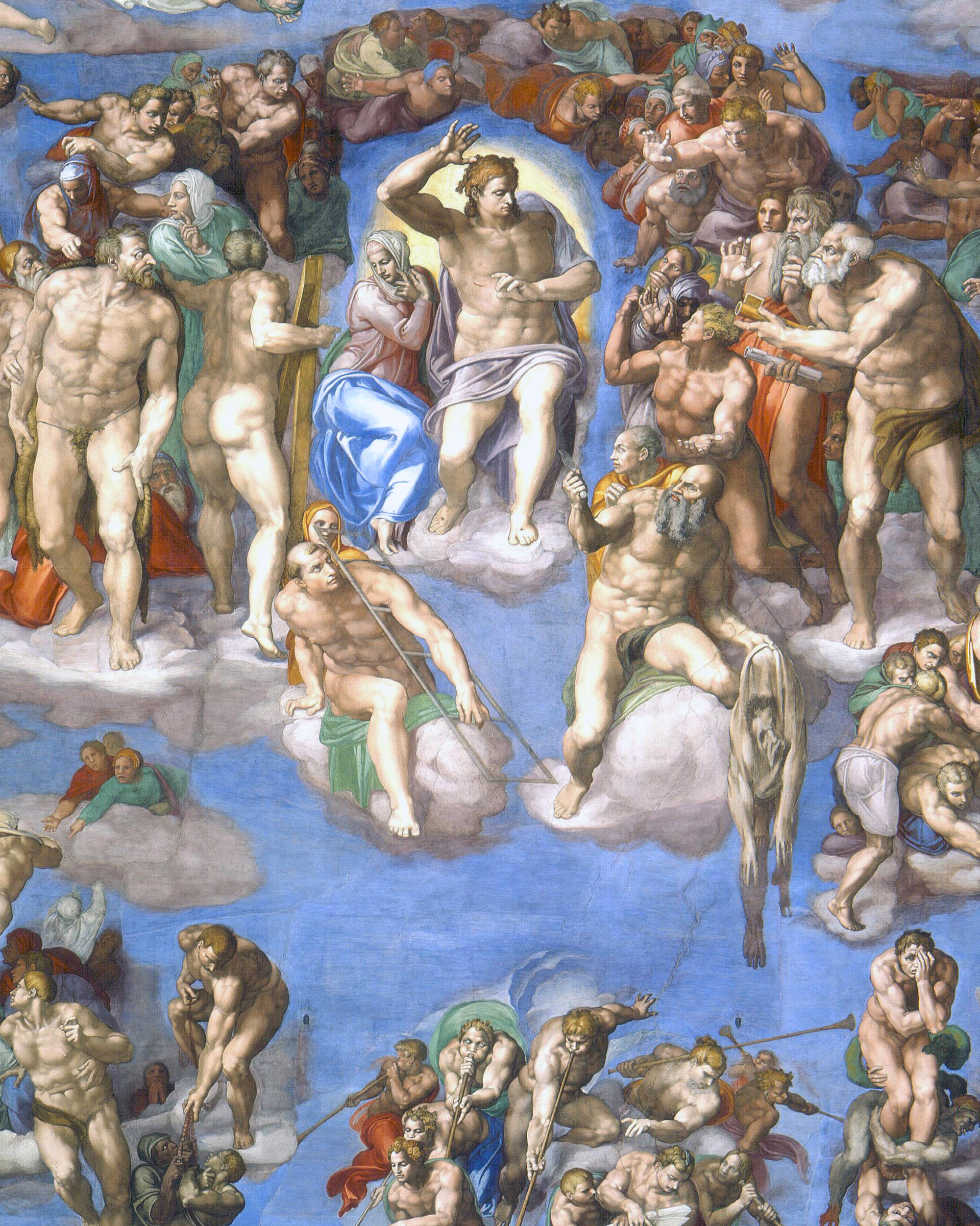Pope Saint Pius X was a pope known for his deep compassion. Those who encountered him would say he had the “greatest heart of any man alive.” In this excerpt from his biography of the compassionate pope, F.A. Forbes gives some examples of the pope’s sympathy for all including the healing of a young girl he blessed.
The Greatest Heart
As a young parish priest at Salzano, Giuseppe Sarto during the cholera epidemic of 1873 had been the stay and comfort of his people. Consoling the grief-stricken, nursing the sick, burying the dead, utterly regardless of his own safety, his one thought had been for his suffering parishioners. This compassion for every kind of pain or sorrow was characteristic of him throughout his life. Not without reason was it said that he had “the greatest heart of any man alive.” The very sight of suffering moved him to tears; there was no trouble of body or soul that failed to awaken his sympathy.
Sympathy For All
Anything like tyranny roused his instant indignation. When reports too circumstantial to be doubted reached him about the condition of certain Indian tribes in South America and of the atrocious treatment to which they were forced to submit, the Bishops of the country were exhorted to do their utmost to put an end to what was nothing less than a cruel slavery. “Every day I receive fresh news of the persecution in Asia Minor and in Macedonia,” he said one day sorrowfully at a private audience. “How many poor Christians are massacred! What cowardice and what barbarity are shown by this Sultan, who trembles with fright and begs that he may not be put to death, who is always whining ‘I have never done anyone any harm!’ He had in his palace a secret room in which he himself killed his victims, where only a week ago he put a young girl to death!” These were some of the sorrows that wrung the heart of him “who bore the care of all the churches.”
All the calamities that befell the world awakened his sympathy: earthquakes, floods, fires, railway accidents. . . . The sufferers were comforted not only with kind words but with material help. Even the papers least favorable to the Church noticed his personal fatherly interest in the joys and sorrows of his people. His appeal to the charity of Catholics on the occasion of the Calabrian earthquake in 1908, which in a few moments totally destroyed Messina, Reggio, Sille and the surrounding villages, burying more than 100,000 people in the ruins, met with a magnificent response. The sum of 7 million francs which was generously offered served to supply the immediate needs of the survivors, who in many cases were left totally destitute.
Sufferers Flock To The Pope
But it was not only to make others give that Pius exerted himself; he gave himself to the utmost of his power. The day after the Messina disaster he sent people to investigate and report, to search out the victims most urgently in need of help and care and to bring them to Rome. Trainloads of sufferers arrived daily and were taken to the papal hospice of Santa Marta, the Pope making himself responsible for over five hundred orphans. His Christlike compassion, his grand initiative and masterly organization of relief won a burst of praise in which even the anticlerical syndic of Rome joined, while the nations of Europe expressed their admiration. “This pope, of whom it was said that his sole policy was the Gospel and the Creed, and his sole diplomacy the Ten Commandments, fired the imagination of the world by his apostolic fearlessness, his humility, his simplicity and single-minded faith.”
“Who that has seen him,” wrote Monsignor Benson, “can ever forget the extraordinary impression of his face and bearing, the kindness of his eyes, the quick sympathy of his voice, the overwhelming fatherliness that enabled him to bear not only his own supreme sorrows, but all the personal sorrow which his children laid on him in such abundance?” An irresistible impulse seemed to drive the suffering to seek his presence and to ask his prayers, and they seldom failed to find the help that they sought.
Perhaps it was his ardent desire to help and comfort pain of any kind, united with personal holiness and fervent prayer, that made the touch of his hand or even his blessing so strangely efficacious for healing. The wonderful graces obtained through the prayers and the touch of Il santo were the talk of Rome; men and women who had seen the marvels with their own eyes bore witness to the facts.
A Young Girl Is Healed
Rumors of what was happening came to the ears of Catholics in other countries, and a young girl in England who had been reading the Acts of the Apostles was seized with a great desire to go to Rome. Her head and neck were covered with running sores which would not heal. The shadow of St. Peter falling on the sick, she said, had cured them; the shadow of his successor would cure her. Her mother took her to Rome, where both were present at a public audience. The Pope passed slowly through the crowd, speaking a few words here and there as he went. To the kneeling girl he said nothing, but as he blessed her she felt that she was cured; and indeed, when on their return to the hotel her mother removed the bandages she found that the sores were completely healed.
ooo
This article is taken from a chapter in Pope Saint Pius X by F.A. Forbes which is available from TAN Books.


